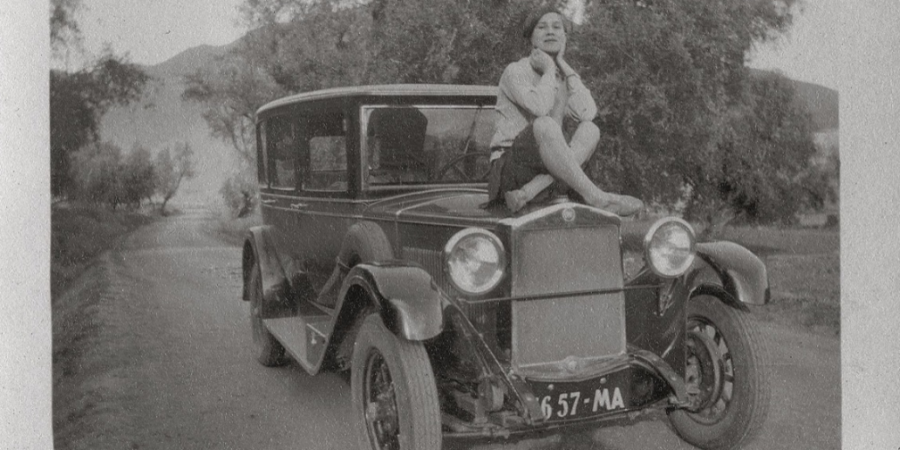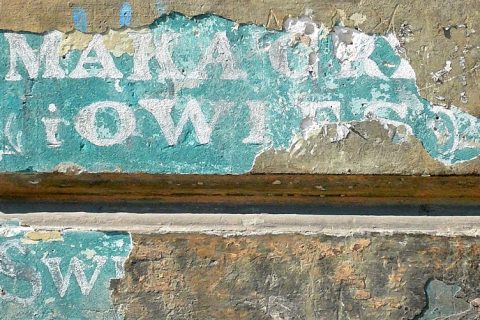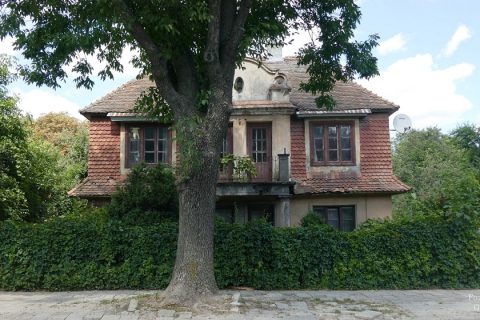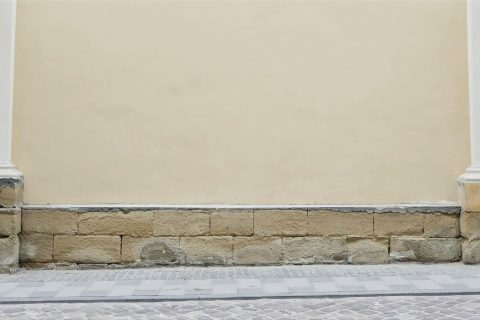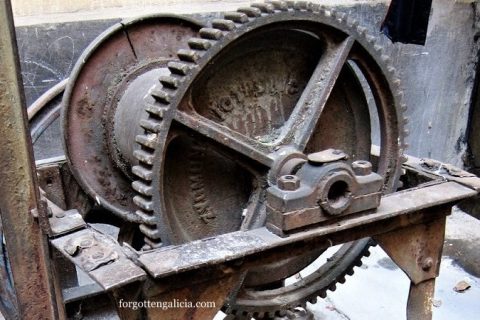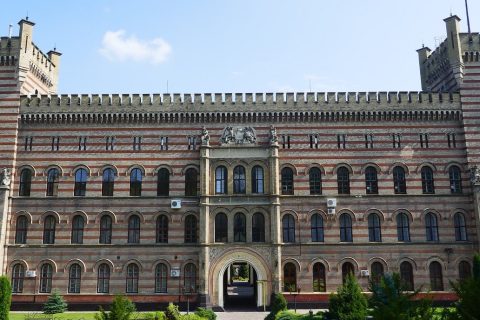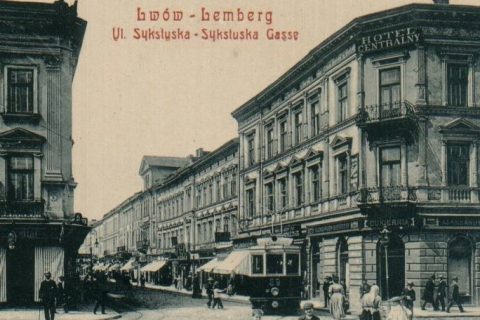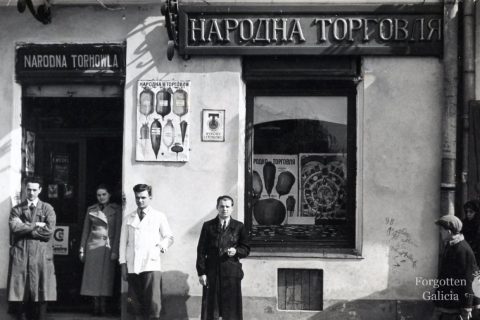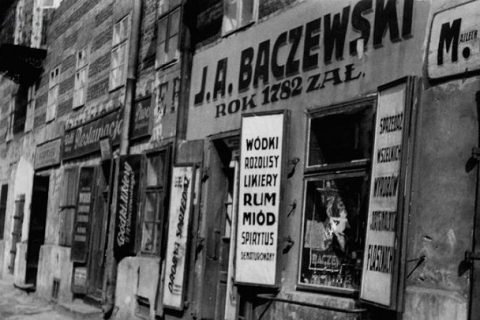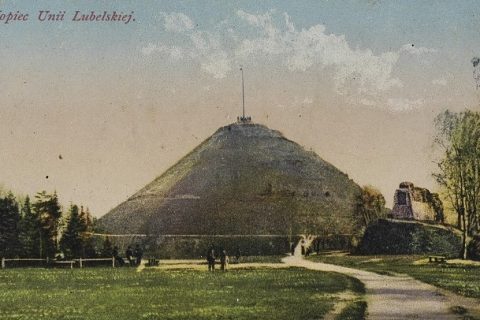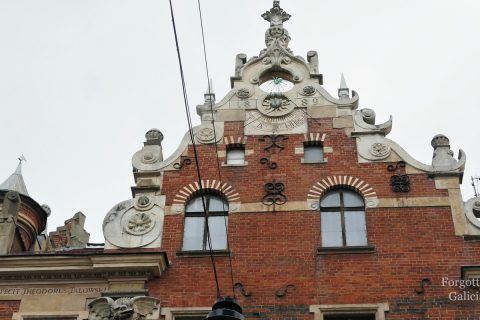Galicia’s Adventurous and Free-Spirited Sofia Jablonska
From Lviv Today – a bilingual lifestyle magazine Here is the astounding story of the Galician girl who managed to conquer thousands of fans with her poetic travel essays and become Ukraine’s first internationally renowned travel writer, documentalist, and journalist. Early beginnings Sofia Jablonska was born in 1907 in the […]
Read More
